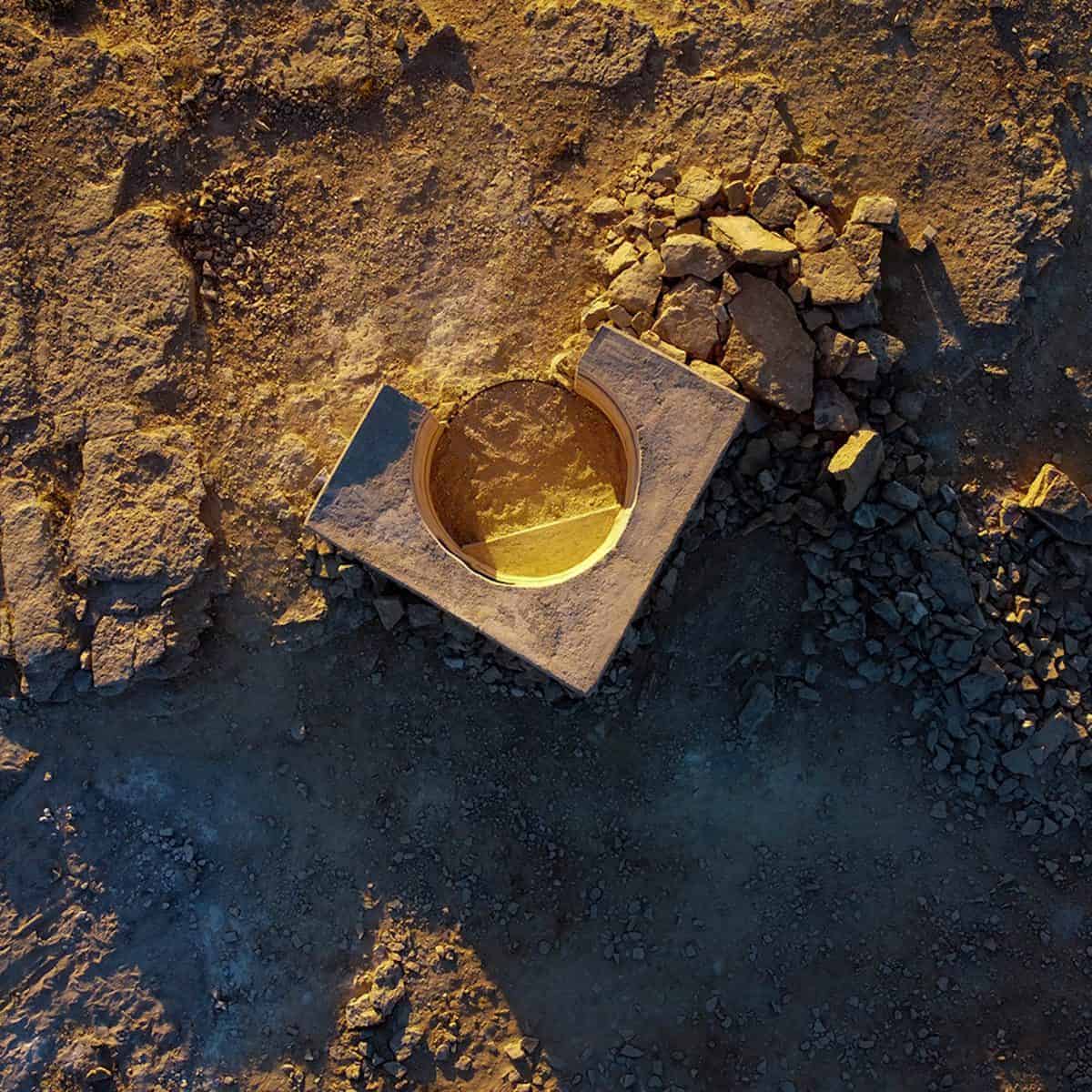
As countries across the globe focus their energies on reviving their economies, I have been wondering, how we, as practitioners and residents, make a case to our planning bodies in developing economies to invest in public spaces as a critical infrastructure.
In a world that is becoming more interdependent we can no longer isolate personal wellbeing from the collective health of our neighbors. My city in India has imposed one of the strictest lockdowns, wherein people are requested to avoid public spaces and stay home for 14 hours – a stark contrast from the lockdown where I live in the United States.
While many argue this is necessary for a country the size of India, the disparities in the pandemic experience and police brutality, dictated by class and social hierarchy is universal, irrespective of the country. Social distancing is easier when you have a private garden, terrace or if you are not a vegetable vendor trying to put food on the table.
Echoing the sentiments of Peter Howard, I too believe that we are pushing out the most vulnerable in our cities to fend for themselves, even in cities like New York with increased policing in public spaces that disproportionately affect communities of color, and when quality of life varies greatly based on your zip code.
Had we designed our cities differently could we have dealt with this differently?
So in this article, I focus on the possibilities of a renewed outlook on investing in the public realm for Indian cities, beginning with the most vulnerable neighborhoods.
First, is the idea of “productive public spaces” that build social, environmental and economic capital by the community for meeting, building skills and generating local economy. Working with public health and environmental experts for an economic and scientific basis for creating healthy communities and redefining public space beyond recreational use, which is how most parks in Indian cities are conceived and therefore used. The streets of Indian cities are inherently vibrant with organic activity and spaces that are not programmed to death. The pandemic has revealed innovative tactics for adapting to gaps such as food networks and chalk marks on streets to give room for vegetable vendors. Maybe our smart city guidelines could rely less on tech driven initiatives, and instead build on a more human-centric approach.
The second is capitalizing on our existing strengths. Our compact communities are an asset, as this University of Texas study by Shima Hamidi illustrates, more compact neighbourhoods are likely to support a greater number of healthy grocery stores in close proximity. An Indian version of a 15 minute city is a practical reality, wherein every neighborhood is able to access a quality public space, market, clinic, transit hub and a school within a 15 minute walking distance – if only we tried. Most planning bodies in India follow the URDPFI guidelines for per capita open space of 10-12 square metres. In my hometown Chennai, this number is a mere 0.81 sq metre and in Mumbai it is 1.28 square metres. To put this in perspective, the per capita open space in New York is 26.4 sq metres. Even our minimum standards are not met, and we might have to reinvent one with different parameters that fit our city’s culture and climate. Ideally, this decongestion should begin with the most vulnerable areas.
Finally, given India’s diversity in language, religion, and cultural landscapes, it is quite striking that there is no such dedicated body overseeing strategic management and investment of public spaces and civic commons. What could really help in the long run is legitimizing the need for a comprehensive plan for India’s many cultural and public spaces starting at the local level, composed of not just planners and designers, but representatives of small business and street vendor associations, and community leaders, who all have an active role to play in shaping their neighborhoods.
While we embrace our street life as unique to our cities, we also need to embrace widening footpaths, integrating shaded walkways for hot climates, green infrastructure with landscapes, and using local creativity and adaptive reuse to revive blighted neighborhoods, instead of hiding them behind walls.
To keep track of all the changes, I created this ongoing database of places repurposed for
emergency response. For example, the vegetable markets have all been shifted to playgrounds within school campuses, that allow plenty of flexible “open” space, while the Indian Railways converted their carriages to isolation wards, sports stadiums are now makeshift quarantine facilities, and previously defunct markets are active again to ease the crowding. Can our future cities deem public spaces as essential infrastructure and resource hubs?
As an optimist, I am hopeful that this pandemic will spur new conversations, make us more civically engaged and provoke us to do better while shaping our landscapes.




